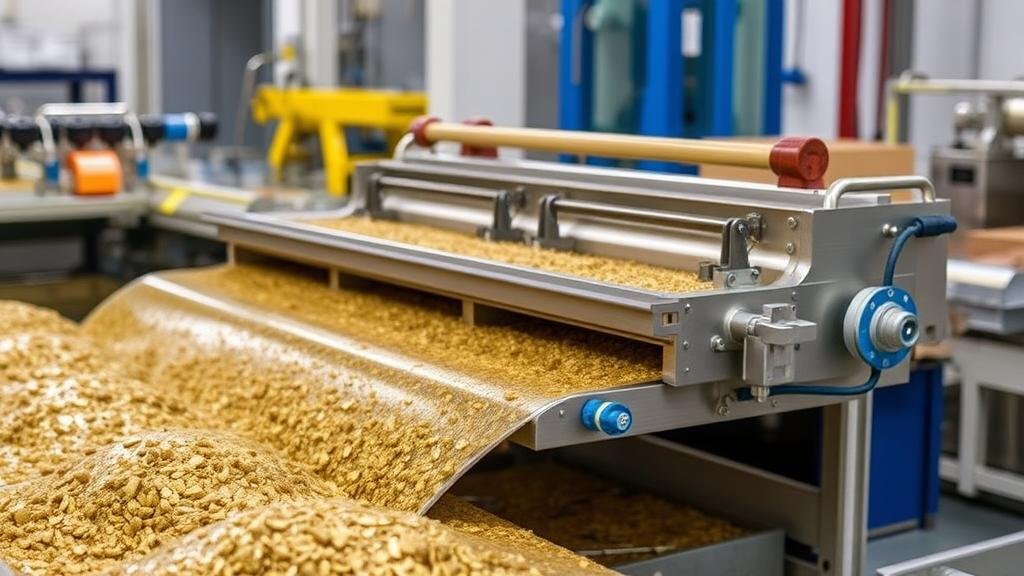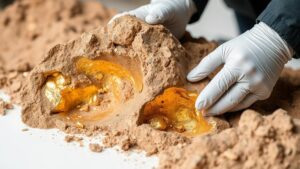Techniques for Optimizing Froth Flotation Recovery in Fine Gold Ores
Techniques for Optimizing Froth Flotation Recovery in Fine Gold Ores
Froth flotation is a critical process in the mining industry, especially for the recovery of fine gold ores. This technique relies on the differences in hydrophobicity between materials to separate valuable minerals from waste. Optimizing froth flotation recovery involves a combination of advanced methodologies and specific operational techniques. In this article, we will explore key techniques for maximizing recovery rates of fine gold ores through froth flotation.
Understanding Froth Flotation
Froth flotation works by introducing air bubbles into a slurry of ground ore mixed with water and flotation reagents. The gold particles attach to the bubbles, rising to the surface to form a froth that can be skimmed off. The effectiveness of this process can be influenced by several factors, including particle size, reagent types, and system aeration.
1. Optimizing Conditions
Optimizing conditions such as pH, temperature, and slurry density is crucial for enhancing froth flotation recovery. For example, studies have shown that maintaining a pH level between 7 and 10 often enhances the flotation of gold particles. At this pH range, the use of collectors, such as xanthates, is maximized, encouraging more effective adhesion of gold to air bubbles.
- pH Control: Optimal pH levels enhance the collection efficiency of flotation reagents.
- Temperature Effects: Increasing temperature can enhance the kinetic energy of particles, improving their interaction with bubbles.
2. Selection of Reagents
The choice of reagents is another essential factor in optimizing flotation recovery. Collectors, frothers, and modifiers greatly influence the hydrophobicity of the gold particles. For example, using a combination of xanthate and dithiophosphate can result in higher recovery rates compared to using xanthate alone. A balance must be struck to avoid excessive reagent addition, which can lead to froth stability issues.
- Collectors: Chemicals like xanthate and dithiophosphate that enhance gold particle attachment to bubbles.
- Frothers: Compounds that create stable froth bubbles, aiding in the separation process.
3. Improving Particle Size Distribution
Visualization of how particle size affects flotation can be likened to a classroom of students: if everyone is seated at different sizes of desks (particle sizes), its harder for the teacher (froth) to engage all students. In froth flotation, ideally, particle sizes should be within a narrow range to maximize recovery. Studies indicate that a particle size of less than 150 microns tends to improve recovery because smaller particles have a larger surface area for bubble adhesion.
4. Adjusting Froth Stability
Froth stability is critical for maintaining an effective flotation process. Too much instability can lead to the loss of valuable minerals, while excessive stability may inhibit the removal of waste. Adding antifoam agents can help regulate foam height and bubble size, leading to optimal conditions for gold recovery.
- Controlled Aeration: Adjusting air supply can create a controlled environment for bubble generation.
- Froth Depth Management: Monitoring and managing froth depth influences the recovery of gold.
5. Useing Advanced Technologies
The integration of advanced technologies, such as flotation columns and automated control systems, can significantly optimize gold recovery. Flotation columns enhance the effective contact time between particles and bubbles due to their taller structure, which allows for better separation. Also, the use of machine learning algorithms in operations can lead to optimal reagent dosages and process adjustments in real time, improving overall recovery rates.
Case Studies and Real-World Applications
One notable example is the use of column flotation in the treatment of fine gold ores at a major mining operation in South America. By shifting from traditional mechanical flotation cells to column flotation, the company reported an increase of recovery rates by up to 15%. Also, implementing automated slurry management systems contributed to improved consistency in flotation performance, leading to a reduction in operational costs.
Conclusion
Optimizing froth flotation recovery in fine gold ores is a multi-faceted approach that involves careful consideration of various operating parameters. By focusing on aspects such as chemical reagents, particle size, and advanced technologies, mining operations can enhance their efficiency and recovery rates. Continuous monitoring and optimization can lead to significant economic benefits, ultimately making the froth flotation process more effective in producing valuable gold from fine ores.
Actionable Takeaways:
- Regularly monitor and adjust pH levels to enhance collector efficiency.
- Experiment with different reagent combinations to maximize froth stability and recovery.
- Invest in advanced technologies to maintain optimal operating conditions.



